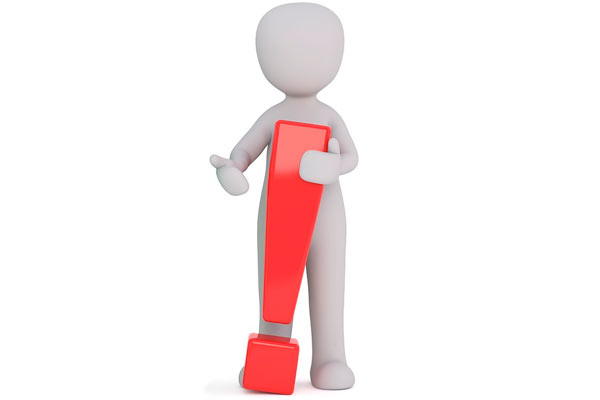In the 2014-2015 school year, students will be told about the dangers of alcohol and drugs
Last reviewed: 23.04.2024

All iLive content is medically reviewed or fact checked to ensure as much factual accuracy as possible.
We have strict sourcing guidelines and only link to reputable media sites, academic research institutions and, whenever possible, medically peer reviewed studies. Note that the numbers in parentheses ([1], [2], etc.) are clickable links to these studies.
If you feel that any of our content is inaccurate, out-of-date, or otherwise questionable, please select it and press Ctrl + Enter.
The Ministry of Health plans to introduce in the school program preventive talks about the dangers of alcohol and drugs. The program for grades 1-11 is designed, except for the conversation with students, it is also supposed to work with teachers and parents. During the lessons, students learn how many types of drugs are encountered and what their use leads to. Children also learn about HIV and learn to resist bad influences. The program is planned to be launched in 2014 - 2015 academic year.

The program was developed by specialists of the Ukrainian Medical and Monitoring Center for Alcohol and Drugs and the Academy of Pedagogical Sciences. The authors believe that the program will increase the level of self-defense of students in situations where there is a risk of using alcohol, drugs, etc. The project began to be developed in 2009 and has already been tested in Ukrainian schools.
The program is calculated for four courses for pupils of 1 - 4 classes and 8 lessons for 5 - 11 classes. A class teacher will conduct the lectures. If there is a desire, it is possible to invite specialists to the lesson, for example a doctor - an expert in narcology. It is also planned to attract trainers from among the pupils from the seventh grade to the teaching. Specially for teachers, several methodical manuals were developed, and for students 11 workbooks (one for each year of study).
To acquaint children with the consequences of alcohol and drug use will be in form, according to the age group. Junior students will be taught everything in a playful form, the lessons should be fun and interactive. Children will be told that alcohol, cigarettes, aerosols are dangerous to health. When "friends" offer a cigarette or vodka - this situation is dangerous and you need to have enough strength to not succumb to bad influence. Also children learn that picking up cigarette butts, needles, syringes is dangerous for life.
From the fifth grade, students learn that drug use leads to loss of money, friends, relatives, destruction of plans for the future, severe deterioration of health, and then death. Children learn that marijuana among young people is called "herb" or "plan", its use leads to poor health and chronic diseases. Specialists believe that it is necessary to fully inform children from the 5th to the 6th grade, otherwise the "reverse effect" will work and the children will be interested in what's wrong with these drugs. Approximately from the age of 13, adolescents are already to some extent confronted with narcotic substances.
More than 25% of schoolchildren over the age of 15 already used drugs. The most common among young people is hashish and marijuana. For the first time children try drugs at the age of 13-16 just out of interest, more than 12% of school-age children smoked marijuana. During the preparation of the program, specialists found out that 32% of parents categorically disagree with their children talking about drugs and alcohol. But to avoid talking about it is wrong, it is impossible to protect the child without informing him as much as possible. After all, almost all who try drugs, do it out of curiosity, I do not think about what it will lead to.
Beginning with the eighth grade, students will be told in more detail about what kinds of drugs are: hallucinogens, opiates, cannabinoids, stimulants, solvents, depressants. The authors plan from the ninth grade to tell the children about the consequences of the influence of the bad company, and in the eleventh they talk about HIV and AIDS, and about how they get infected with these diseases.
It is supposed to conduct training in an unusual form, using thematic exercises, role games, contest assignments, discussions. In the teaching materials for teachers there are special scenarios for conducting lessons. Teachers are invited to conduct lessons, discussing various questions about drugs and alcohol, for example, whether alcohol increases the mood or how to determine for a person that he uses drugs. Classes should be held in a busy mode, the break between lessons should not be more than two days.
It is also necessary to raise the level of adult awareness. The manual for teachers contains information on what to do if a loved one has dependence on drugs. Also for teachers, special home buildings are prepared, among which there is a table on the number of alcohol consumed for the week, which will need to be filled.
The Ministry of Education has approved a new program, after the examination by the scientific and methodological council and the commission on the basics of health, positive conclusions were made. The program was recommended to use in the educational process. The program is not obligatory for studying, it can be studied at the request of the school administration and parents.
Experts consider the study of the program relevant in modern conditions. Children face alcohol advertising every day, see drinking, smoking, etc. On the street. If you ignore the problem and pretend that this does not concern you, the consequences can be very serious, because it is a healthy future for our children.

 [
[